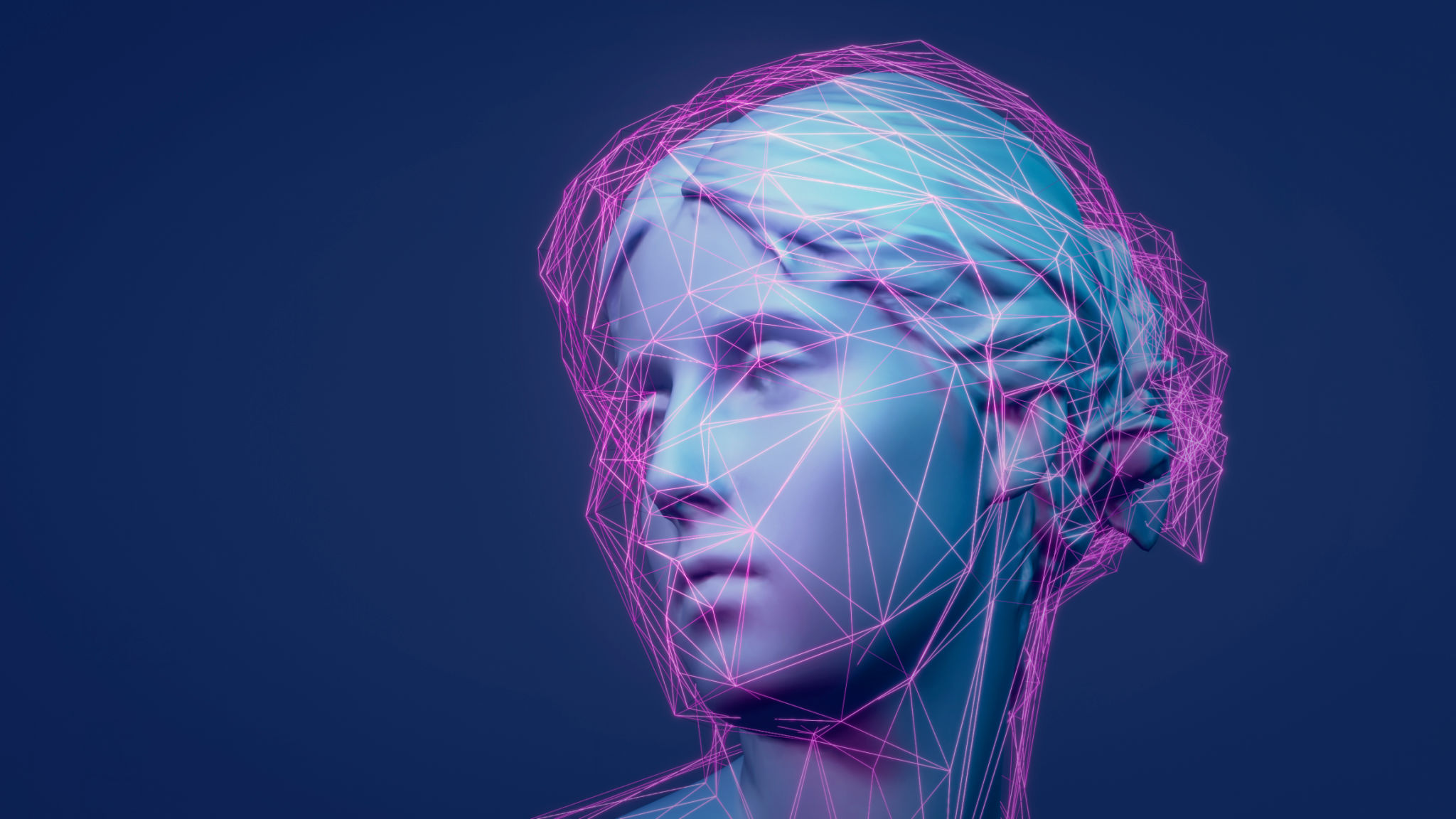Top UX Strategy Trends to Watch: Navigating the Future of Design
The Rise of Inclusive Design
In an ever-evolving digital landscape, inclusive design has become a pivotal element in modern UX strategies. Designers are increasingly focusing on creating experiences that are accessible to all users, irrespective of their abilities or disabilities. This trend not only enhances user satisfaction but also broadens the potential audience for digital products.
Inclusive design involves considering various factors such as color contrast, text size, and screen reader compatibility. As technology advances, the integration of AI and machine learning is aiding designers in predicting and addressing accessibility challenges more efficiently.

Personalization and AI
Personalization is no longer a luxury; it's a necessity. Users expect digital experiences to be tailored to their preferences and needs. Leveraging AI, UX designers can create highly personalized experiences that anticipate user behavior and preferences, resulting in increased engagement and satisfaction.
AI-driven personalization allows for real-time customization of content, recommendations, and user interfaces. This trend is gaining traction as businesses strive to provide unique and memorable experiences that stand out in a crowded digital marketplace.

Data-Driven Decision Making
The future of UX design is heavily influenced by data-driven decision-making. Designers now rely on analytics and user data to inform their design choices, ensuring that every element of the user interface is optimized for performance and user satisfaction.
- Understanding user behavior through analytics
- Implementing A/B testing for iterative improvements
- Utilizing heatmaps to track user interactions
Voice User Interfaces (VUIs)
As voice-activated devices become more prevalent, the demand for intuitive voice user interfaces (VUIs) is on the rise. Designing for voice involves understanding natural language processing and creating seamless interactions that feel conversational and intuitive.
VUIs are particularly beneficial for hands-free operations and accessibility purposes, making them an essential consideration for forward-thinking UX strategies. Ensuring that these interfaces are designed with clarity and ease of use in mind will be crucial as this trend continues to grow.

Sustainability in Design
Sustainability has become a significant focus across industries, and UX design is no exception. Designers are now considering the environmental impact of their digital products by optimizing resource use and developing strategies that promote long-term sustainability.
This can include designing for energy efficiency, reducing unnecessary features that consume resources, and encouraging users to make eco-friendly choices within applications. As awareness around climate change grows, integrating sustainability into UX strategy will likely become a standard practice.

Augmented Reality (AR) Experiences
Augmented reality is revolutionizing the way users interact with digital content by overlaying virtual elements onto the real world. AR provides opportunities for unique and immersive experiences, particularly in sectors like retail, education, and entertainment.
Designers are tasked with creating AR experiences that are not only engaging but also intuitive and easy to navigate. As AR technology advances, it is set to become a staple in UX design strategies, offering new ways to captivate and connect with users.

